-
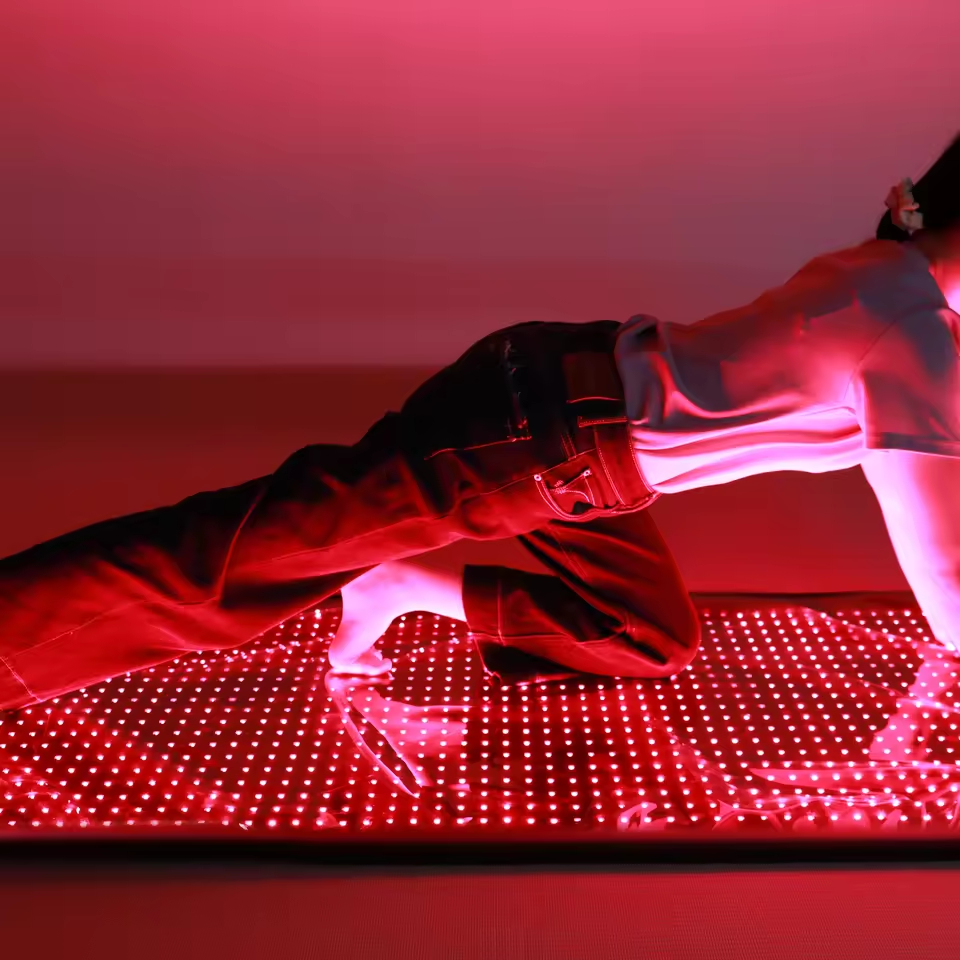
Why Home Yoga + Red Light Therapy is the Perfect Combination
Body Contouring Using 635-nm Low-Level Laser Therapy LLLT for Fat Layer Reduction Efficacy of LLLT for Body Contouring and Spot Fat Reduction Infrared LED Illumination Applied During Treadmill Training Low-Level Laser Therapy for Body Contouring ...Read more -
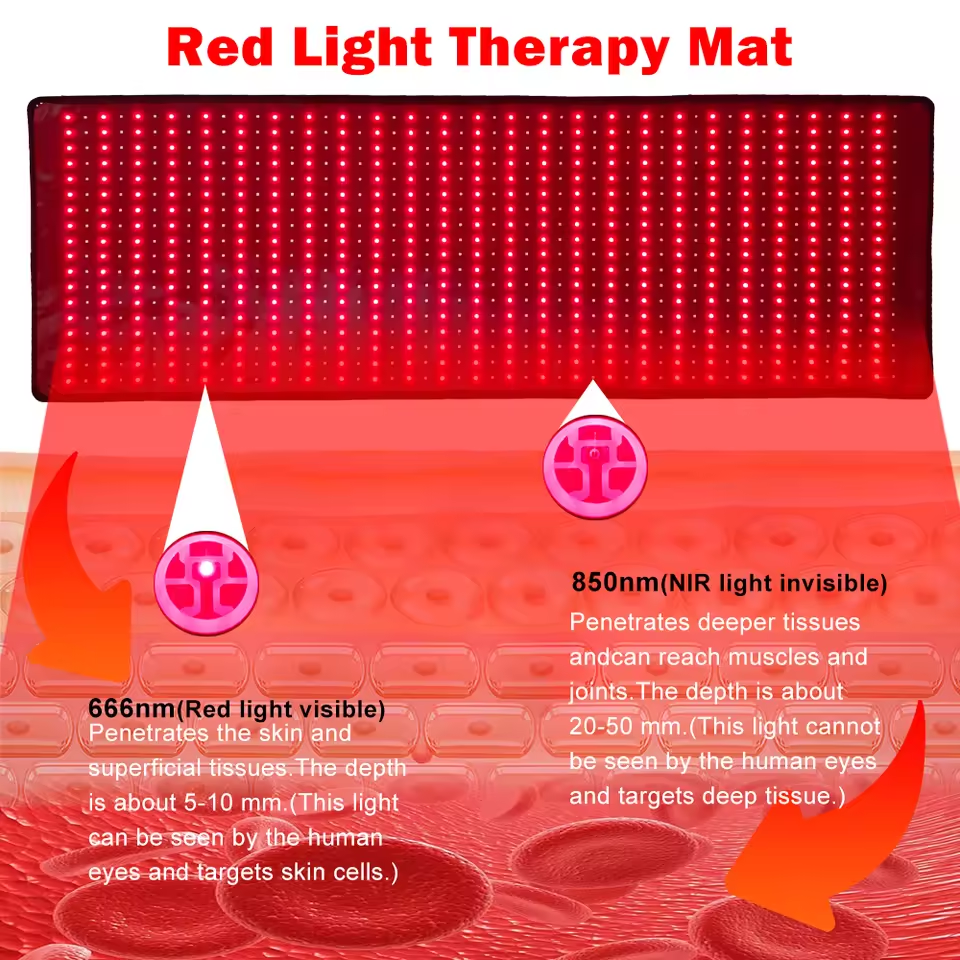
Does the Red Light Therapy Mat work?
1. Potential Effects with Certain Scientific Basis The mechanism of action of red light therapy has been supported by some basic research and clinical observ...Read more -
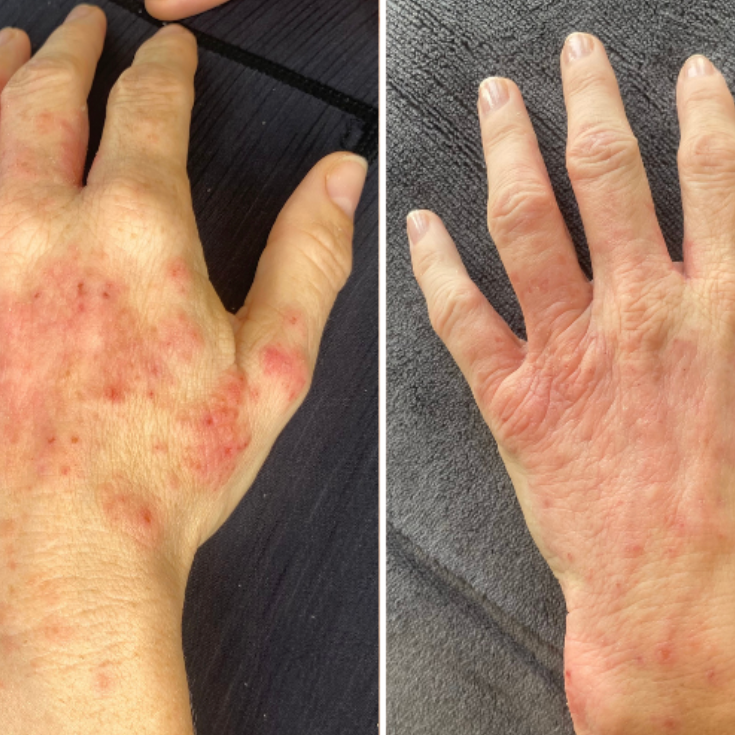
What skin conditions can red light therapy treat?
1. Acne (pimples) This is one of the most classic and effective applications of red light therapy. Mechanism of Action: Primarily due to its anti-inflammatory properties. Red light penetrates the sebaceous glands, inhibiting the growth of inflammatory bacteria (primarily Propionibacterium acnes)...Read more -
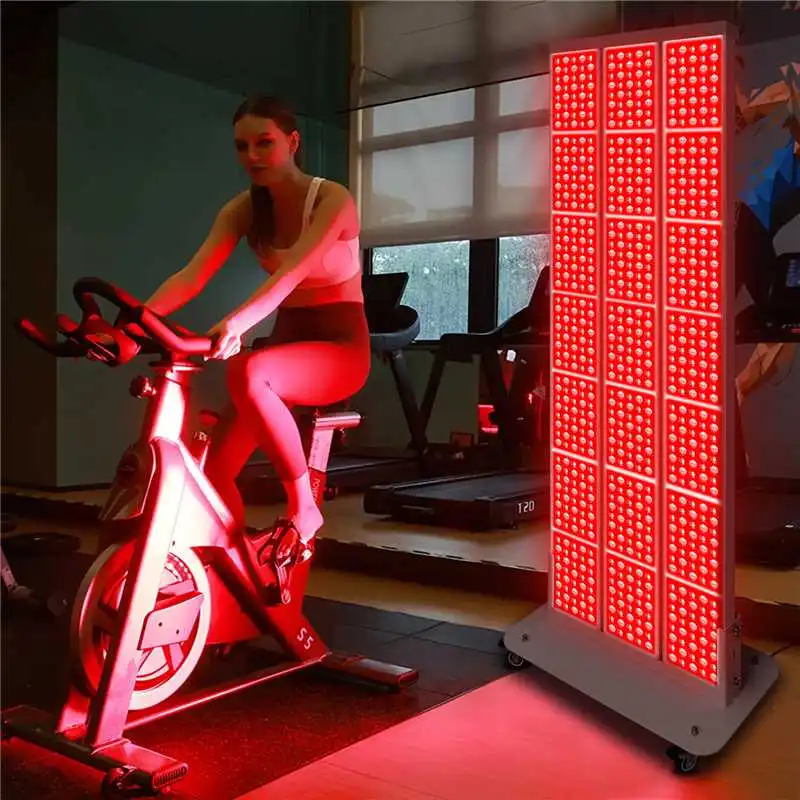
Does red light therapy cause cancer,What are the side effects?
According to a wealth of current scientific research and clinical evidence, conventional red light therapy (typically with a wavelength of 600-700nm) and near-infrared light therapy (typically with a wavelength of 800-880nm), used for beauty, health, and treatment, do not inherently cause cancer....Read more -
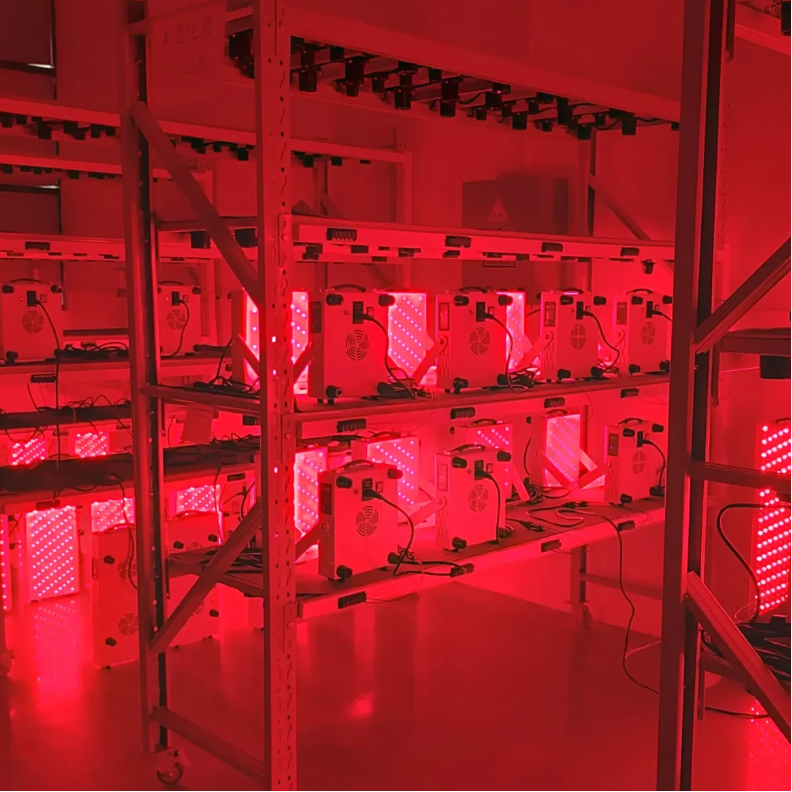
How does red light therapy work for weight loss?
How does red light therapy work for weight loss? 1. Core Mechanism: Stimulating the Release of Fat from Adipocytes This is the primary and most thoroughly studied mechanism by which red light therapy achieves body contouring. Target: Adipocytes, which store large amounts of triglycerides (commonl...Read more -
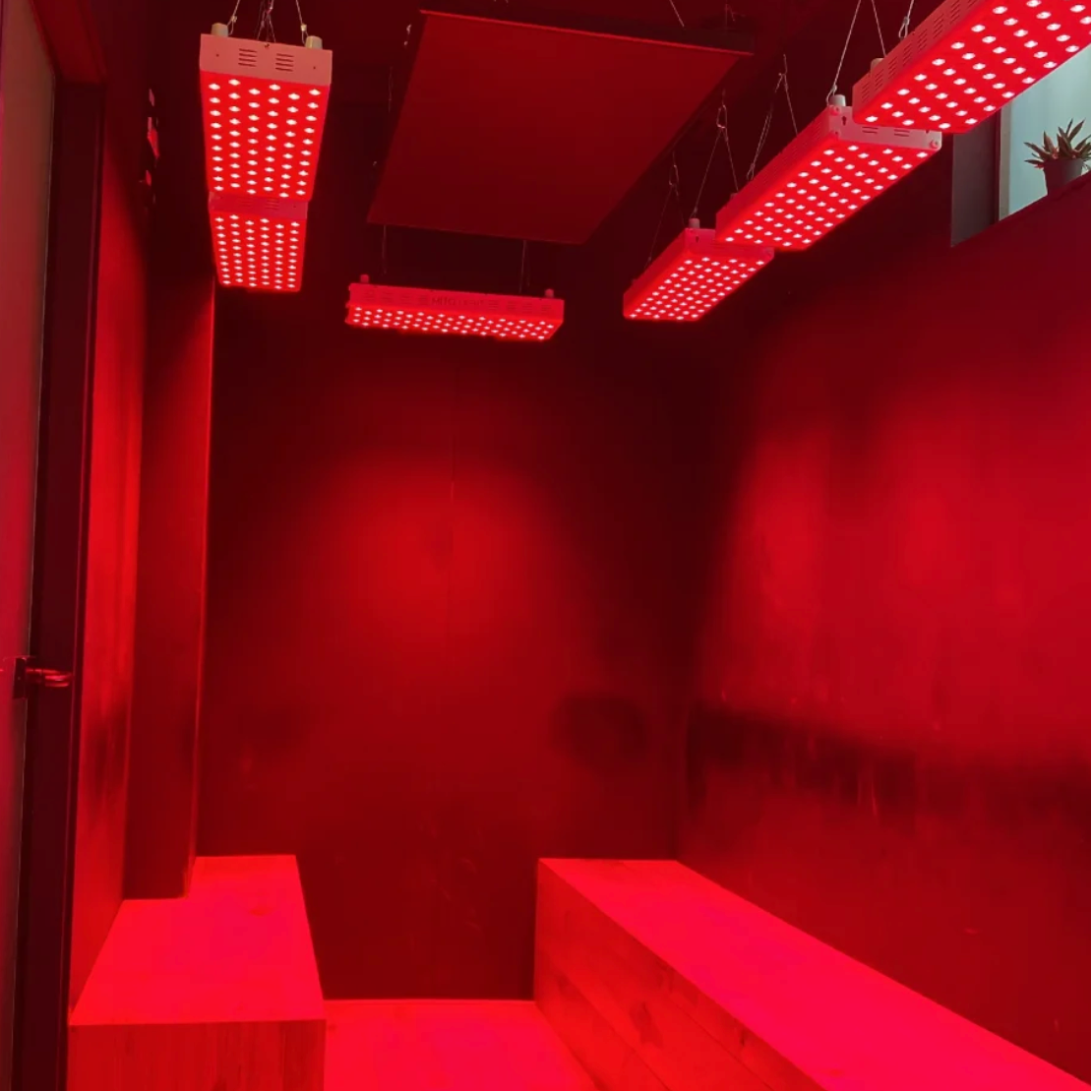
What scenarios is red light therapy suitable for?
What scenarios are suitable for red light therapy? 1. Medical Aesthetics and Skin Health This is the most widely known application area for red light therapy, primarily working by boosting cellular energy (ATP) and collagen production. Anti-Aging and Fine Line Reduction: How it works: Red light s...Read more -
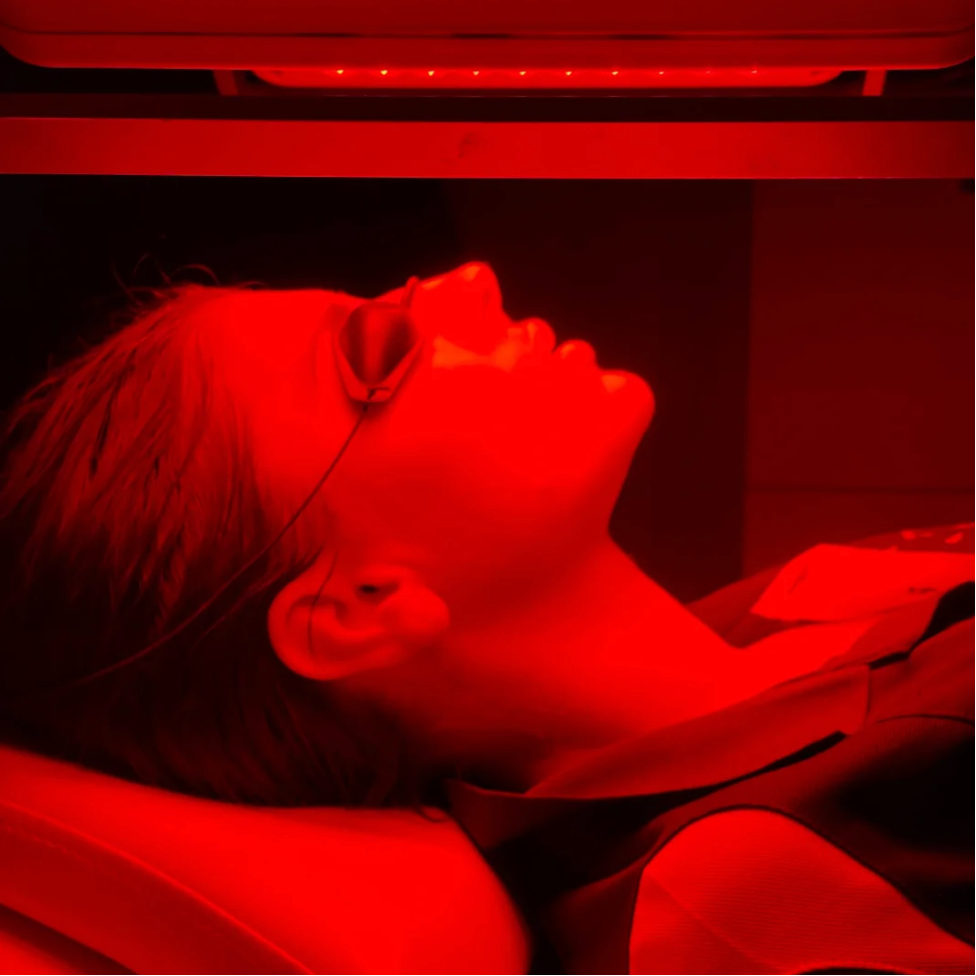
I love red light! It really works and improves my skin!
I absolutely love red light! It really works! 1. Specific Functions of Each Wavelength 1. 630nm (Superficial Red Light) Features: Energy is concentrated in the epidermis and preferentially absorbed by hemoglobin. Benefits: Improves skin redness and redness (dilates capillaries, promotes blood ci...Read more -
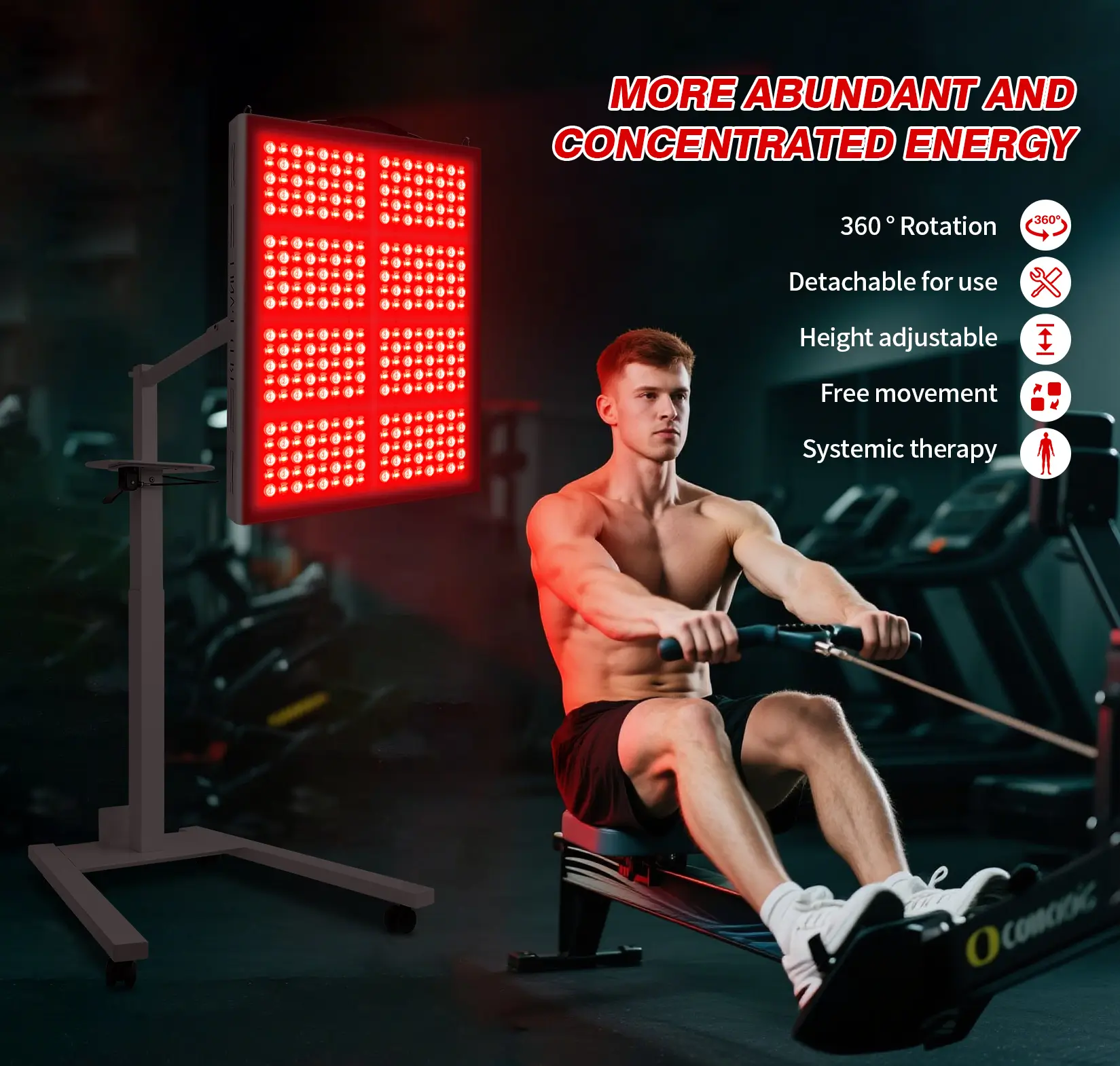
How to Use a Red Light Therapy Panel?
How to Use a Red Light Therapy Panel? What is a Red Light Therapy Panel? A red light therapy panel (also known as red light therapy or photobiomodulation therapy device) uses LED light of specific wavelengths (typically 630-670nm for red light and 810-850nm for near-infrared light) to illuminate ...Read more -
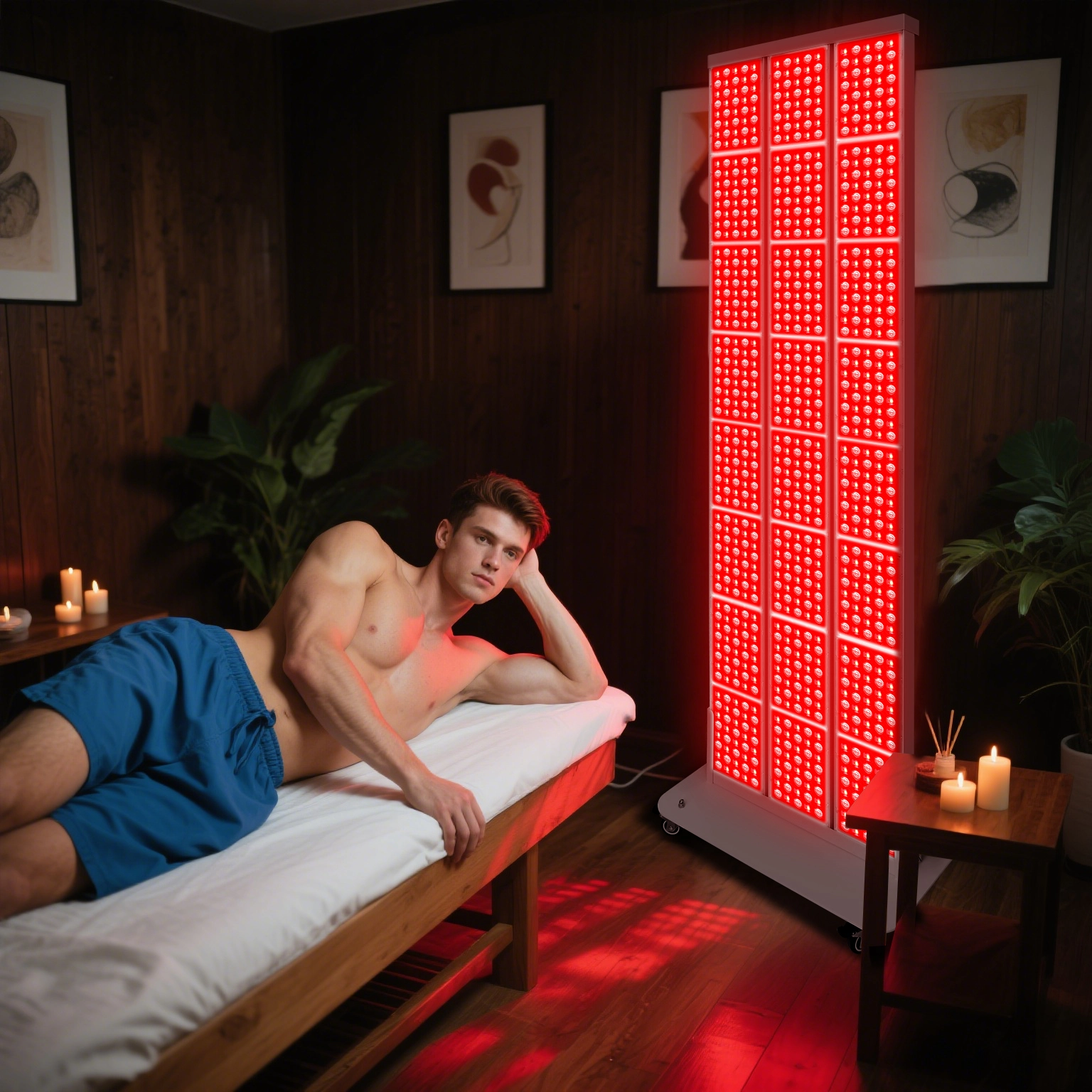
Is red light therapy safe? What precautions should be taken?
Is red light therapy safe? What precautions should be taken? 1. Why is red light therapy safe? Red light therapy (typically consisting of red and near-infrared light) uses specific wavelengths of light to penetrate the skin and be absorbed by cellular mitochondria, stimulating cellular energy (AT...Read more -
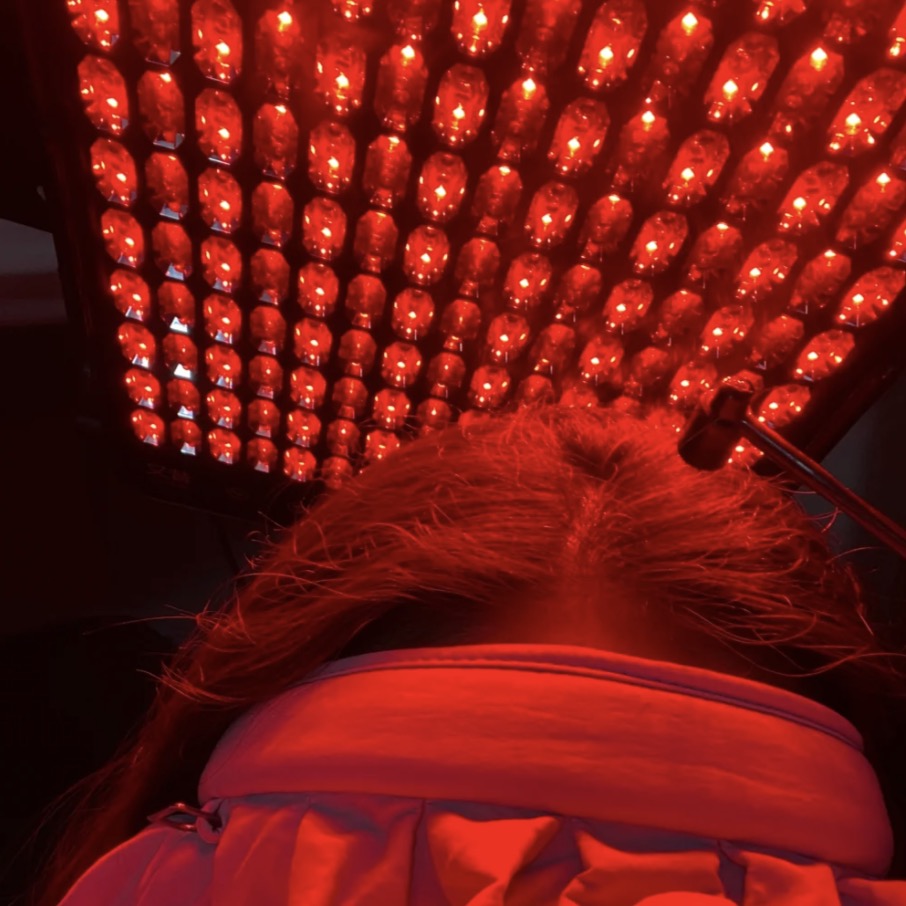
Is red light therapy effective for hair loss?
Is red light therapy effective for hair loss? How does red light therapy work? (How it works) Red light therapy, specifically low-level laser therapy (LLLT) with a wavelength between 630 and 670 nanometers, works not through thermal effects but through photobiomodulation. When hair follicle cells...Read more -
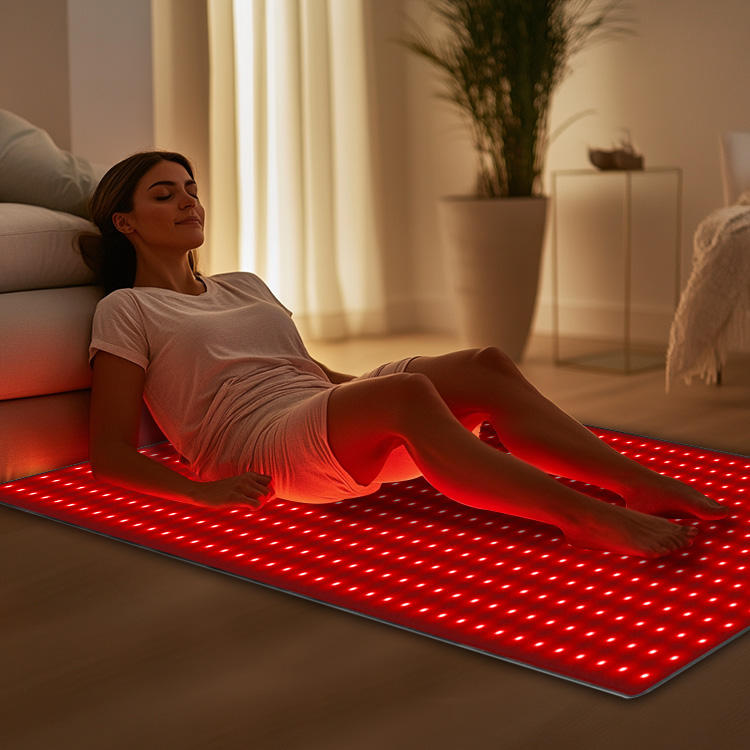
The Science of Red Light Therapy (Why It Might Work?)
The Science of Red Light Therapy (Why It Might Work?) Red light therapy, more technically known as photobiomodulation therapy, typically uses light sources with wavelengths between 630-670nm (red light) and 810-850nm (near-infrared light). It works not by damaging or heating like ultraviolet ligh...Read more -
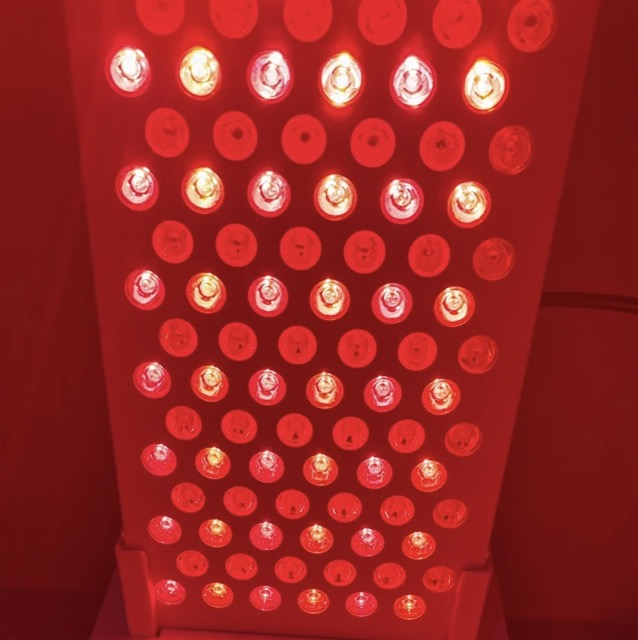
Does red light therapy cause cancer?
Does red light therapy cause cancer? Scientific reference:acne.org 1. How red light therapy works (why it’s generally not carcinogenic) Red and near-infrared light therapy (often called photobiomodulation therapy, PBL, or LLLT) uses non-ionizing radiation. Key Difference: Non-ionizing Radia...Read more
